When should you change your guitar pickups?
The simple answer is whenever you want, but first you've got to know what sound you are after. Here, Tim Mills from Bare Knuckle offers some advice for undertaking this most popular mod
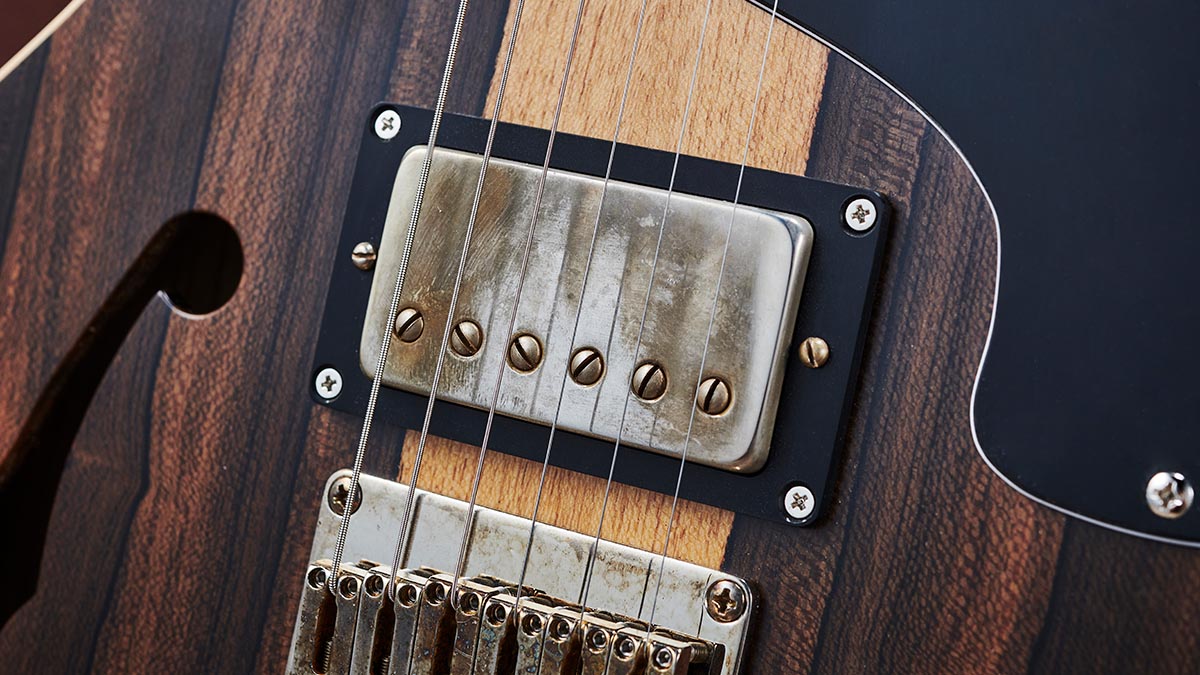
In some ways, it’s surprising that so many players reach for new pickups when it’s time for a tone upgrade.
For example, it’s tricky to audition different pickups to see which you like best before you buy, and this can make buying pickups a bit of a stab in the dark – good ones ain’t cheap and you aren’t guaranteed to like the end result if you do ‘upgrade’.
So, is there anything you can do to ensure that all-important upgrade is a success? Who better to ask than Tim Mills, founder of highly respected British electric guitar pickup maker Bare Knuckle Pickups. Tim has decades of experience voicing pickups to suit everyone from old-time blues guitarists to bleeding-edge metal artists, so he’s perfectly placed to offer good advice on this score.
“When is the time to change pickups? Well, the simple answer is ‘when you want to’,” Tim says, with a chuckle. “But it’s not something that you generally have to do. Changing pickups is one of the quickest ways you can alter the tone of your guitar without buying a new instrument, so it’s nearly always the first port of call that people make when they’re dissatisfied with the sound of their guitar.
“They want to see if they can change it in some way, rather than changing other parts of their rig – without buying pedals or changing their amp. They want to change the core sound before it hits any of that, and that’s going to be the pickup.”
A common story is that a player buys a new electric guitar with the pickups that were fitted at the factory. They play it for a while, enjoy it, but eventually start wondering if they could squeeze just a little more sonic performance from it.

For while factory-fitted pickups are generally decent, by their very nature they tend to be mass-produced, machine-wound items that are built to a spec that keeps the guitar competitively priced. That’s not to say such pickups are bad, but fairly often there’s room for improvement or customisation to better suit the player’s needs.
Get The Pick Newsletter
All the latest guitar news, interviews, lessons, reviews, deals and more, direct to your inbox!
Tim Mills is a huge advocate of the benefits of hand-wound pickups – but what advantages do they really offer, in his view?
“What is the difference between bog-standard machine-wound, OEM mass-produced pickups and hand-wounds? Well, hand-wound coils will always have a more dynamic feel. They will always sound clearer, too, and more defined. Some people say there’s more air in it. I tend to think of ‘air’ as relating to dynamic feel, which is kind of a headroom thing.
“The more headroom you have in the pickup, the more dynamic it will feel – which means if you pick hard, the volume increases; if you ease off, it cleans it up. So, you know, you can really control what you’re saying through your pickups. So that would be the biggest thing.”
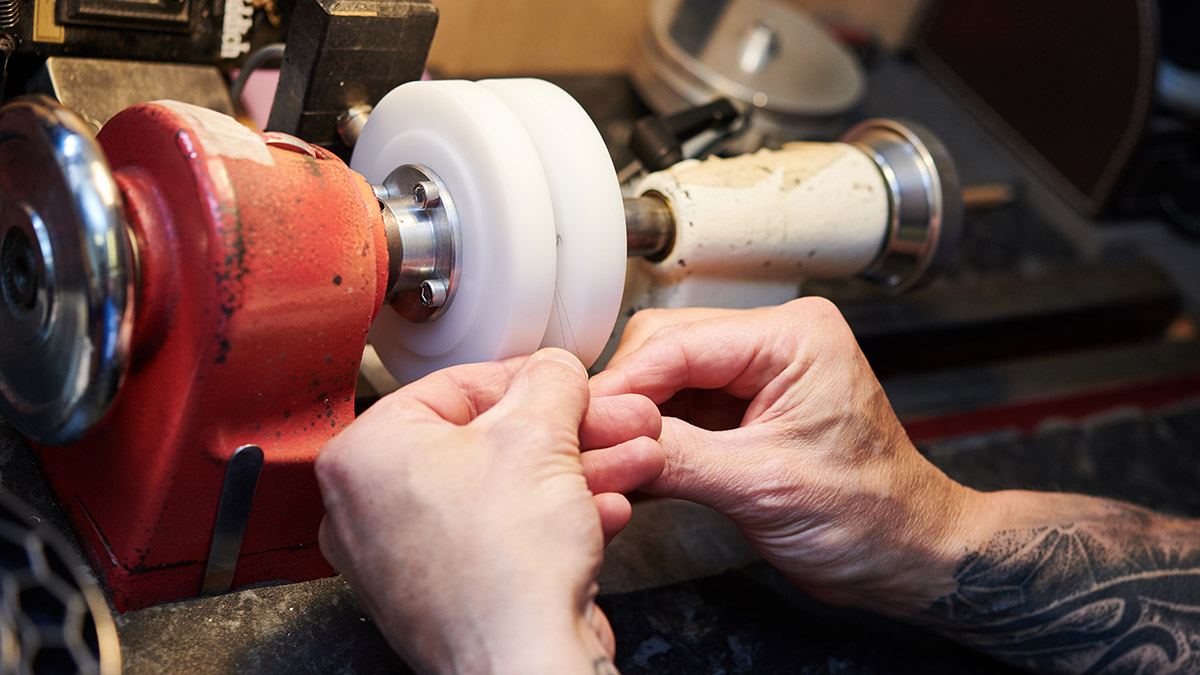
Feel The Noise
While a general increase in expressiveness is always welcome, most people have specific tonal goals in mind when they upgrade their pickups, which usually involve altering how much output their pickups produce.
“When most people want to change pickups it boils down to an output issue, such as, ‘The pickups are too weak. I can’t seem to get enough out of them’,” Tim says, “Or, at the other end of the spectrum, ‘These are just way too hot for me. Everything seems to be very compressed and I’ve got no dynamic range or very little dynamic range in there… I can’t get the clarity and depth of tone I want.’ The first port of call is to deal with the output issue and then try to ascertain exactly where that player’s coming from. What are they looking for?”
Tim continues: “I would conjecture that in at least two-thirds of situations, people are looking for more output. The majority of guitars that are marketed… guitar companies will put a pickup in there that will do most things well. It has to be very much a middle-ground pickup, and so they’ll err on the cautious side when it comes to output.”
Tim explains that once this key question of output is settled, you are ready to make choices regarding the sound and feel you want from your new pickups.
“We’ve ascertained that, in this situation, we’re looking for more output from the pickups. Then it’s a case of what you’re actually going to play. What are the applications? You can be a country player and want more output, and you can be a rock player and want more output.
You can be a country player and want more output, and you can be a rock player and want more output
“Those two applications translate into different voicings on pickups. That’s where we really start to dial down into the nitty-gritty – and that’s where the choice comes in, the wire choice, the type of pickup even. Because it could be you have humbuckers on your guitar, but you’re actually looking for more of a single-coil type tone. It’s possible to wire humbuckers in different ways in parallel so they sound more single-coil-like.
“But you could also make a change to a humbucker-sized P-90, which is, of course, a single coil and is a good halfway-house between a Strat/Tele single coil and a humbucker. There are different routes there as well. There’s a lot to be explored.”
Here, however, lies a classic problem that’s often encountered when choosing new pickups. You can read all the reviews, forum posts and marketing material you like, but how can you be sure you are headed towards the right set of pickups?
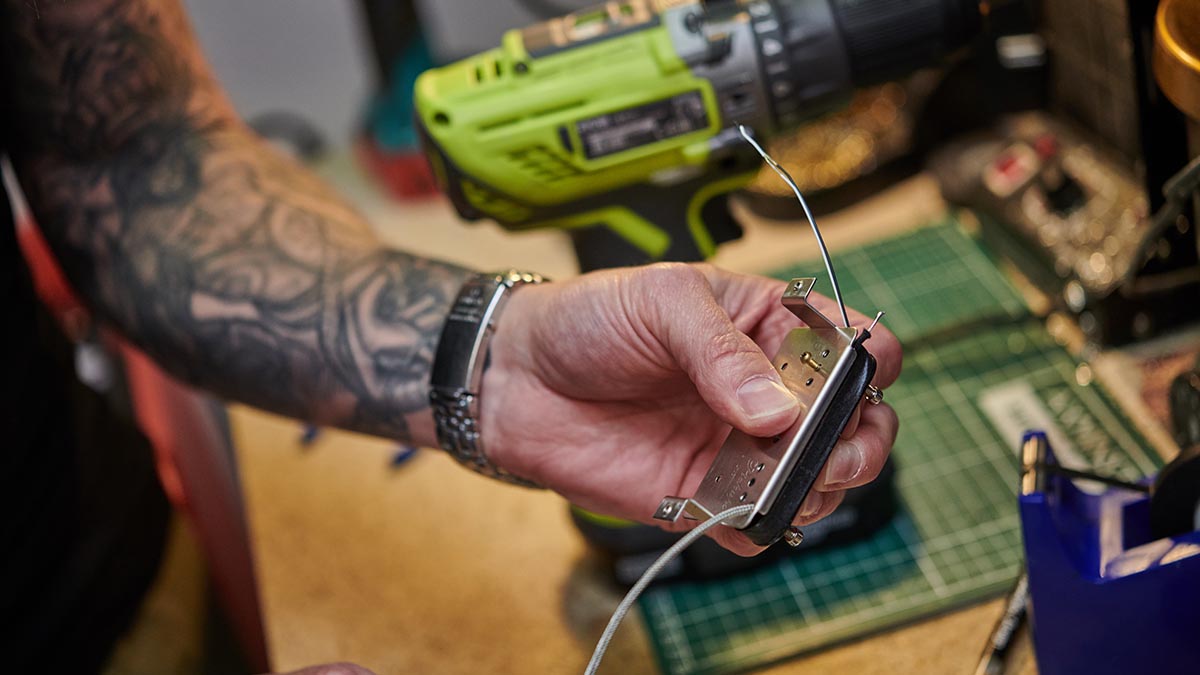
Tim advises, if possible, to get in touch with the pickup maker. Talk to them about what you want – their experience and knowledge really can make all the difference, and many firms will be generous with their advice if they can spare the time.
“The most important thing is to build up an interaction with the pickup company you’re interested in or talk to a range of different companies and see who you relate to best in terms of their understanding of what you’re looking for,” Tim says. “It’s important to supply them with as much information as you can, and not just about the guitar – you should you get across what the guitar is made of, what bridge it has, the scale length, what tuning you use, and what string gauge you tend to prefer. Also, make sure you tell them a little bit about the rest of your rig – what’s being plugged into?
“It’s also useful to describe what type of music you play and the sorts of tones you reference in your playing. All this information gives the person on the other side a better chance of diagnosing the situation and recommending pickups that will achieve your tonal goals.”
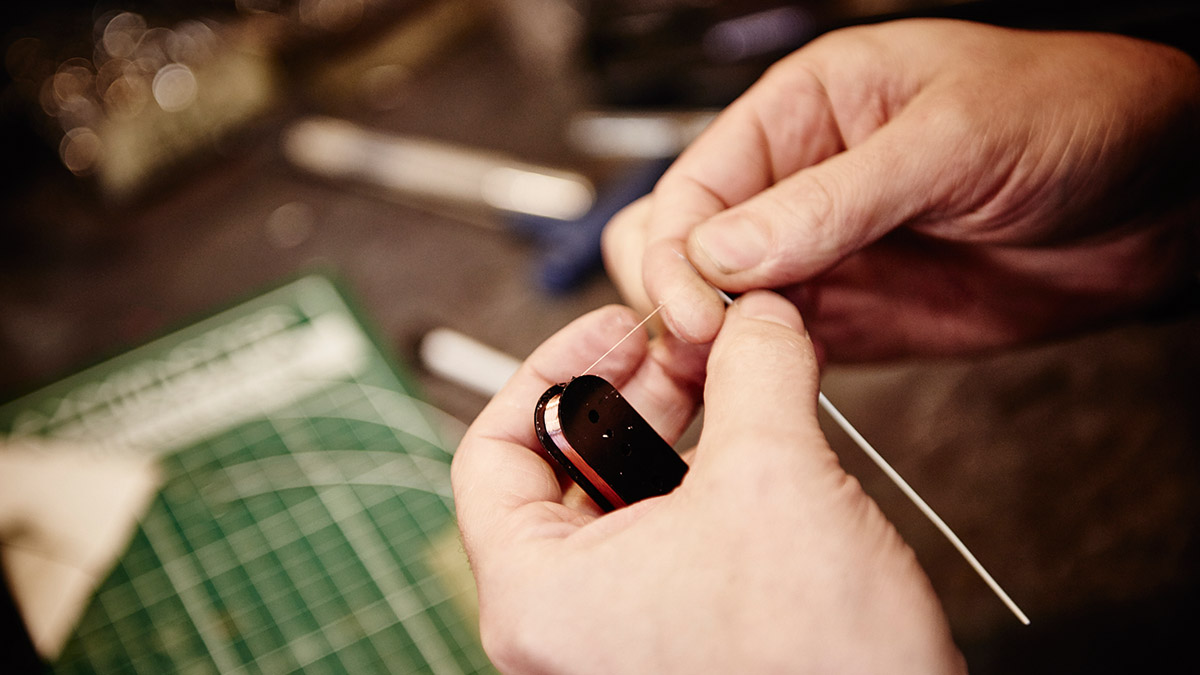
Outside The Box
At this point, Tim offers an important piece of advice. Before talking to the pickup maker, he urges players not to develop preconceptions about what will work best for them.
Sometimes, he says, the pickup that will work best for you won’t turn out to be that ‘low-wind PAF replica’ you envisaged, for example. And you might just get a pleasant surprise if you branch out a bit.
“There’s a lot to be had by getting out of the comfort zone,” Tim says. “So whenever I talk about pickups to customers, I try not to say, ‘This is the one for you.’ I try to present alternatives and sometimes suggest something they might not have considered before.
“I remember one player I did some work for many years ago had a Les Paul that he swore blind had an old PAF in it,” he continues. “It had a particular tone he was used to and loved and would I be able to replicate it? This was in my early days, and before said pickup arrived I had a chance to play the guitar it was in – and I must admit it didn’t feel like any PAF I’d ever played.
“So the pickup arrived and I popped it open, and it wasn’t a PAF at all. It was a three-output ceramic-powered humbucker! But I could see exactly why this player was enjoying it – it did produce a very flattering sort of pick-dynamic. But it certainly wasn’t what he thought it was.”
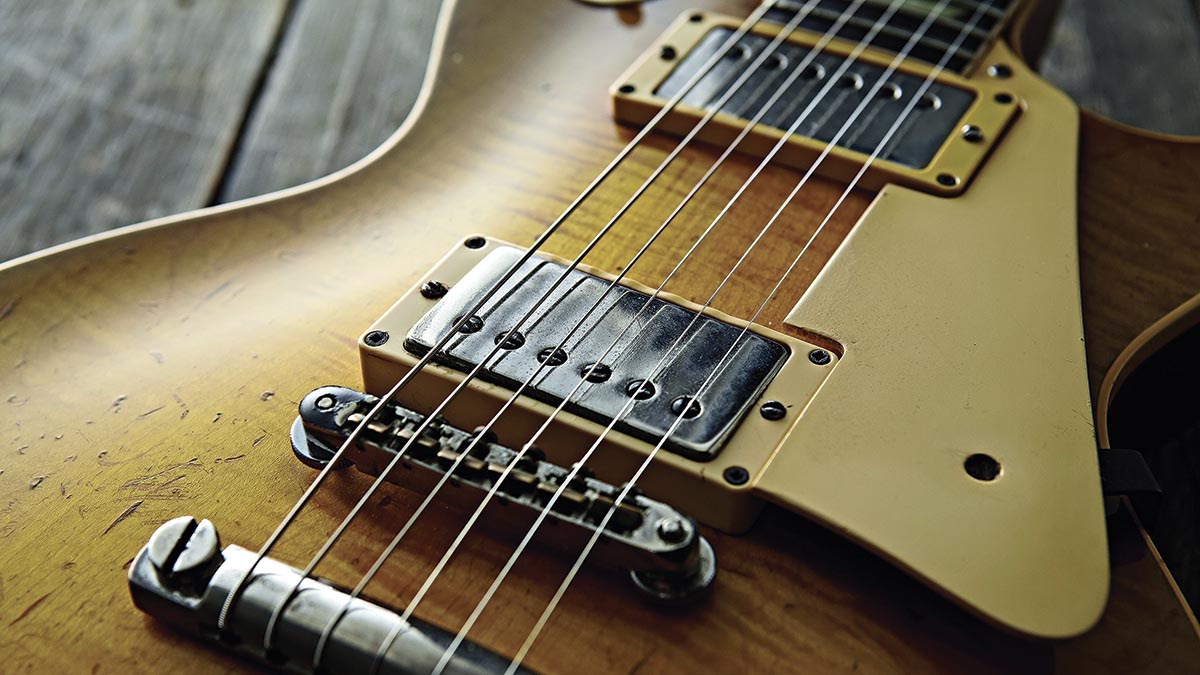
Tim adds that the highly individual way we all play and use the guitar means assumptions about what pickup might suit us best can be thrown out of kilter by the practical realities of how each of us makes music. Consider whether you play with your fingers or a pick, and how the use of complex effects rigs to control pedals and amp channels could affect your choices.
A pickup that constantly surprises people is the ubiquitous Nailbomb. Its name sounds like it’s just going to be thrash-metal heaven. But it does this really stacked, chewy sort of blues-rock tone as well
“Some players are big volume-pot players, so they get clean tones through loading back the pickup with the pots,” he says. “They’ll be rolling the pot down, getting to an edge-of-break-up sort of tone, and then when they solo, they wind the wick up and let that extra output hit the amp and drive it that way.
“That’s a different playing technique to people who don’t ever touch their volume and do everything through patch changes. So that’s another thing you need to get inside: how do you play? Because you will need different pickups to get that feel out of the guitar.”
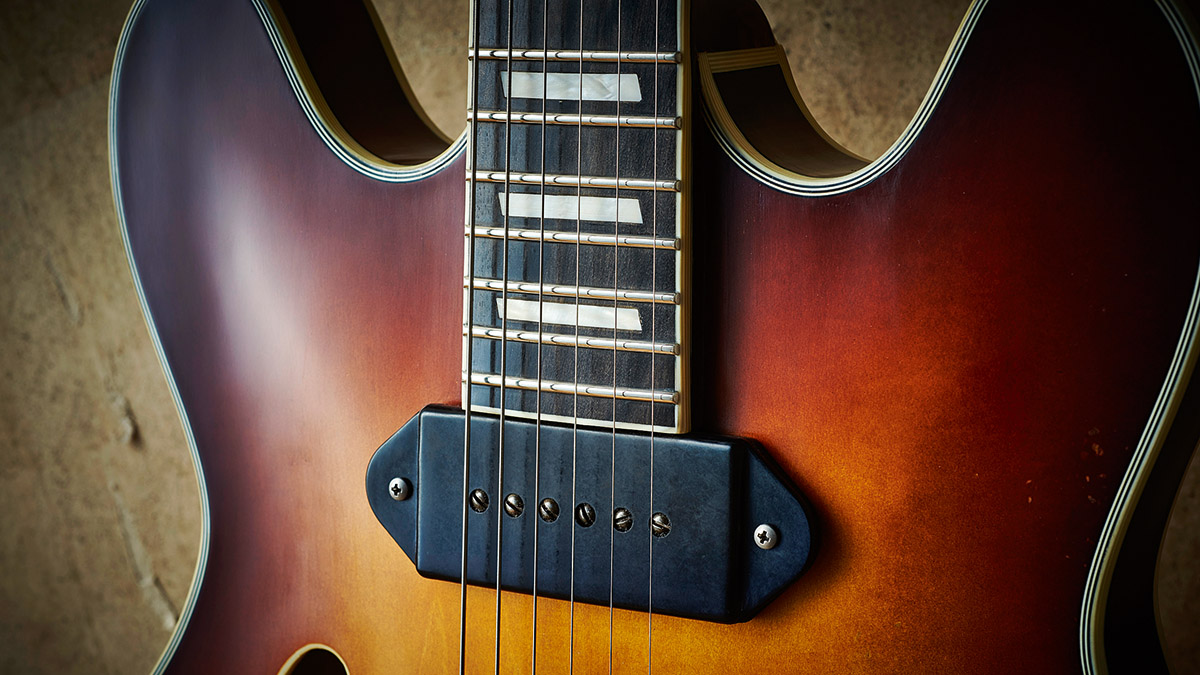
Again, Tim says a trusted relationship with a pickup maker can help players navigate the maze and get to exactly the sound and performance that suits their style best. Before we leave, I ask Tim if there are any pickups in the Bare Knuckle product line that have the potential to defy expectations and end up being loved by guitarists very different to their intended market?
“A pickup that constantly surprises people is the ubiquitous Nailbomb,” Tim says. “Its name sounds like it’s just going to be thrash-metal heaven. But it does this really stacked, chewy sort of blues-rock tone as well. If you can get people past the name and get them to try it, they’ll come back and go, ‘Damn, that’s just an absolutely incredible pickup.’
“That’s the first one that comes to mind. I have other more esoteric examples, but that one typifies it. I voiced that pickup around a very organic, heavy metal tone. But into the right amp and with the right players, it will do a lot, lot more than just that.”
Jamie Dickson is Editor-in-Chief of Guitarist magazine, Britain's best-selling and longest-running monthly for guitar players. He started his career at the Daily Telegraph in London, where his first assignment was interviewing blue-eyed soul legend Robert Palmer, going on to become a full-time author on music, writing for benchmark references such as 1001 Albums You Must Hear Before You Die and Dorling Kindersley's How To Play Guitar Step By Step. He joined Guitarist in 2011 and since then it has been his privilege to interview everyone from B.B. King to St. Vincent for Guitarist's readers, while sharing insights into scores of historic guitars, from Rory Gallagher's '61 Strat to the first Martin D-28 ever made.
“Classic aesthetics with cutting-edge technology”: Are Seymour Duncan's new Jazzmaster Silencers the ultimate Jazzmaster pickups?
“We’re all looking for new inspiration. Some of us have been playing humbuckers for a long, long time”: Are we witnessing a P-90 renaissance? Warren Haynes has his say










![John Mayer and Bob Weir [left] of Dead & Company photographed against a grey background. Mayer wears a blue overshirt and has his signature Silver Sky on his shoulder. Weir wears grey and a bolo tie.](https://cdn.mos.cms.futurecdn.net/C6niSAybzVCHoYcpJ8ZZgE.jpg)

![A black-and-white action shot of Sergeant Thunderhoof perform live: [from left] Mark Sayer, Dan Flitcroft, Jim Camp and Josh Gallop](https://cdn.mos.cms.futurecdn.net/am3UhJbsxAE239XRRZ8zC8.jpg)
